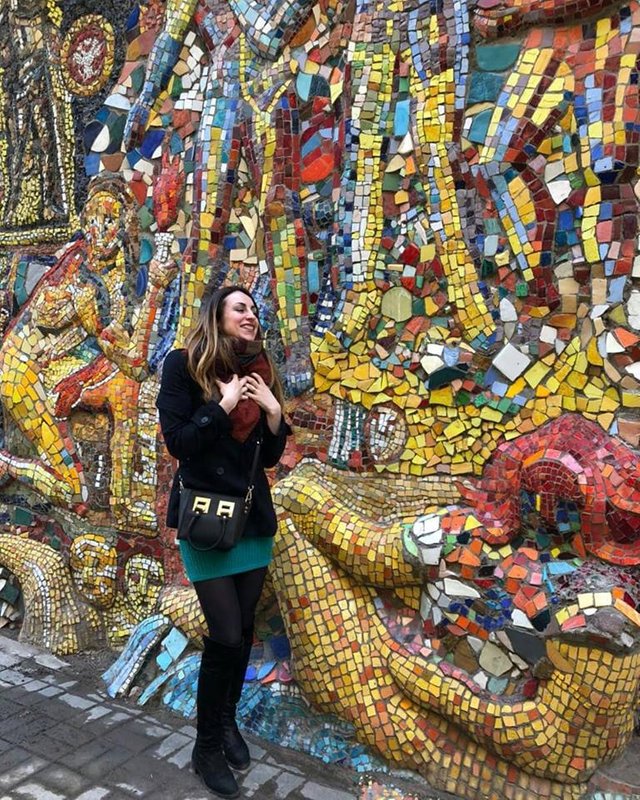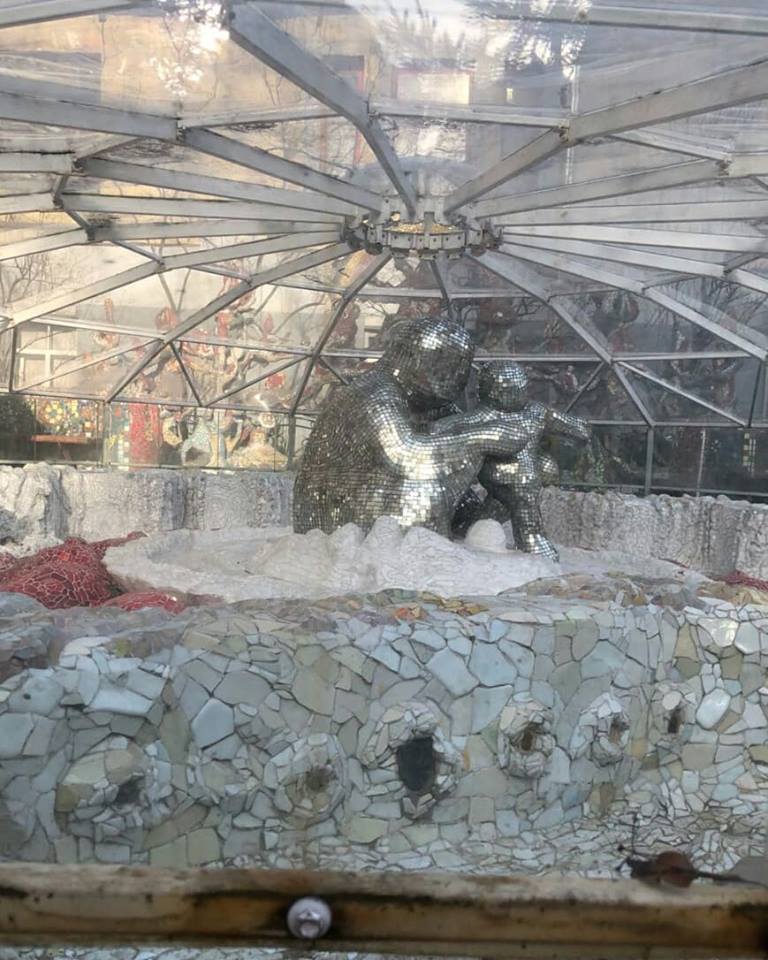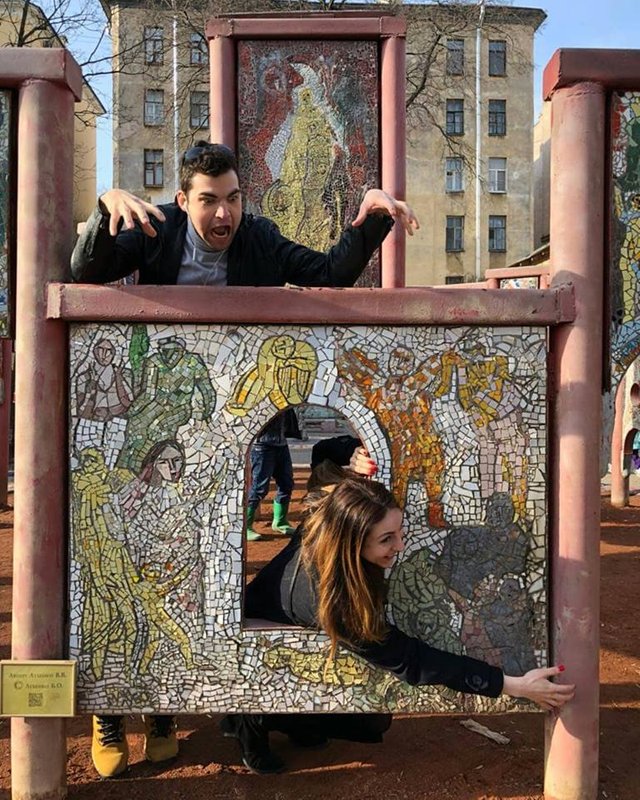Mosaic
.jpg)

.jpg)

A mosaic is a bit of workmanship or picture produced using the collection of little bits of shaded glass, stone, or different materials. It is frequently utilized as a part of embellishing workmanship or as inside design. Most mosaics are made of little, level, generally square, bits of stone or glass of various hues, known as tesserae. A few, particularly floor mosaics, are made of little adjusted bits of stone, and called "rock mosaics".
Mosaics have a long history, beginning in Mesopotamia in the third thousand years BC. Rock mosaics were made in Tiryns in Mycenean Greece; mosaics with examples and pictures ended up boundless in established circumstances, both in Ancient Greece and Ancient Rome. Early Christian basilicas from the fourth century onwards were beautified with divider and roof mosaics. Mosaic craftsmanship prospered in the Byzantine Empire from the sixth to the fifteenth hundreds of years; that custom was embraced by the Norman Kingdom of Sicily in the twelfth century, by the eastern-affected Republic of Venice, and among the Rus in Ukraine. Mosaic dropped out of form in the Renaissance, however craftsmen like Raphael kept on honing the old strategy. Roman and Byzantine impact drove Jewish craftsmen to finish fifth and sixth century synagogues in the Middle East with floor mosaics.
Mosaic was broadly utilized on religious structures and castles in early Islamic craftsmanship, including Islam's first incredible religious building, the Dome of the Rock in Jerusalem, and the Umayyad Mosque in Damascus. Mosaic left design in the Islamic world after the eighth century.
Present day mosaics are made by proficient specialists, road craftsmen, and as a prevalent art. Numerous materials other than customary stone and artistic tesserae might be utilized, including shells, glass and dots.
https://play.google.com/store/apps/details?id=com.craftsapps.mosaic


